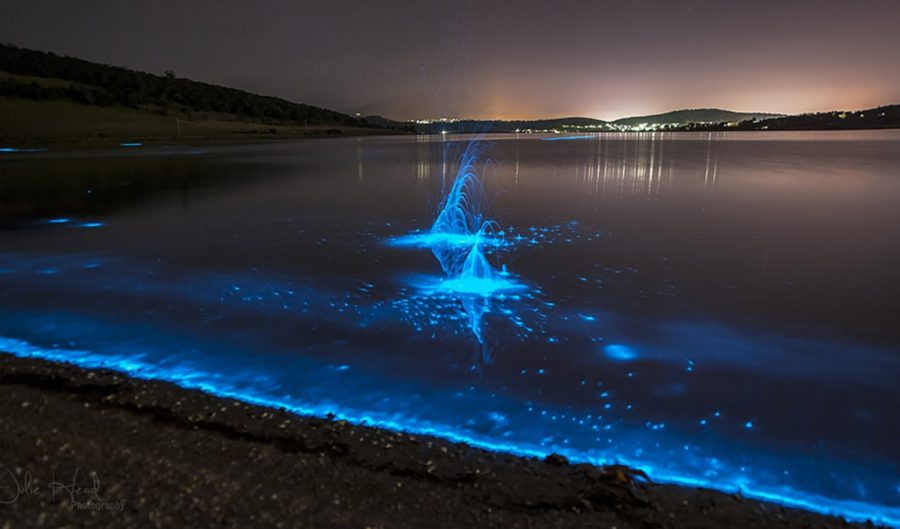
Bioluminescent beauties: Australian creatures that glow
Whether for defence or to lure prey, the bioluminescence of these Australian animals is one of nature’s most beautiful scenes.

Whether for defence or to lure prey, the bioluminescence of these Australian animals is one of nature’s most beautiful scenes.
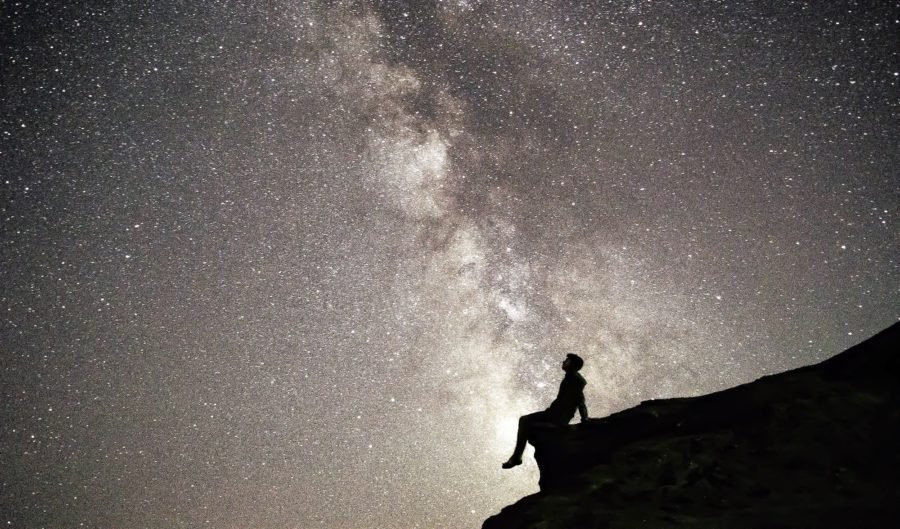
Just like forests, deserts and oceans, the night sky is a type of wilderness that inspires and excites, but it’s under threat.
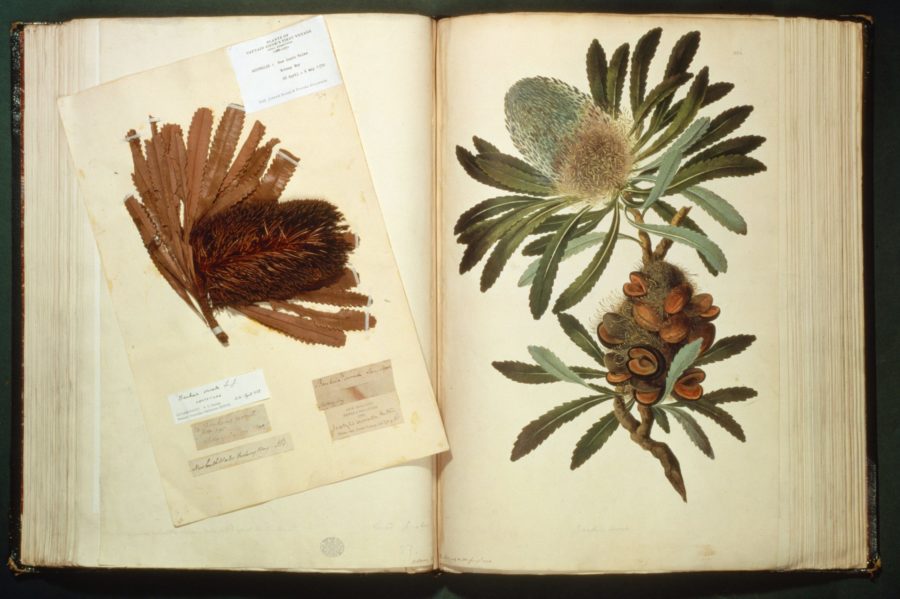
It has been 250 years since naturalist Joseph Banks sailed to the Pacific with James Cook aboard HMB Endeavour. During the voyage, Banks and his team made the first scientific collections of Australian flora. Their specimens were sketched by Sydney Parkinson, whose pioneering illustrations were published last year.
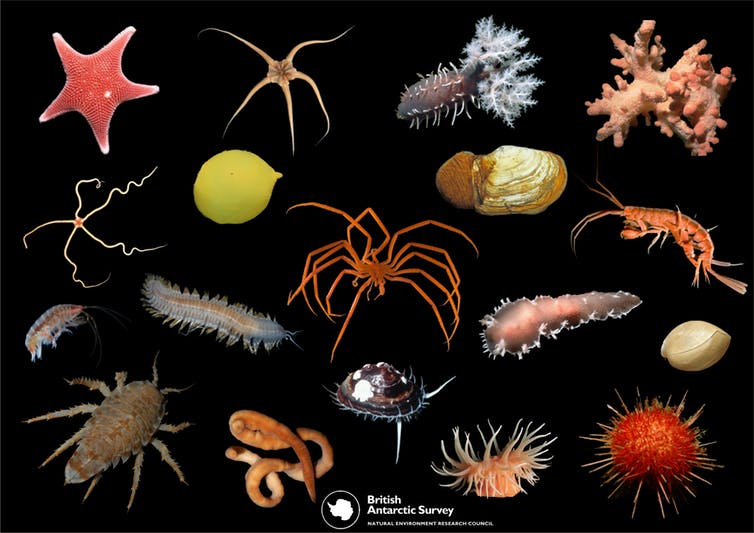
Antarctic seas host a surprising mix of lifeforms – and now scientists can map them.
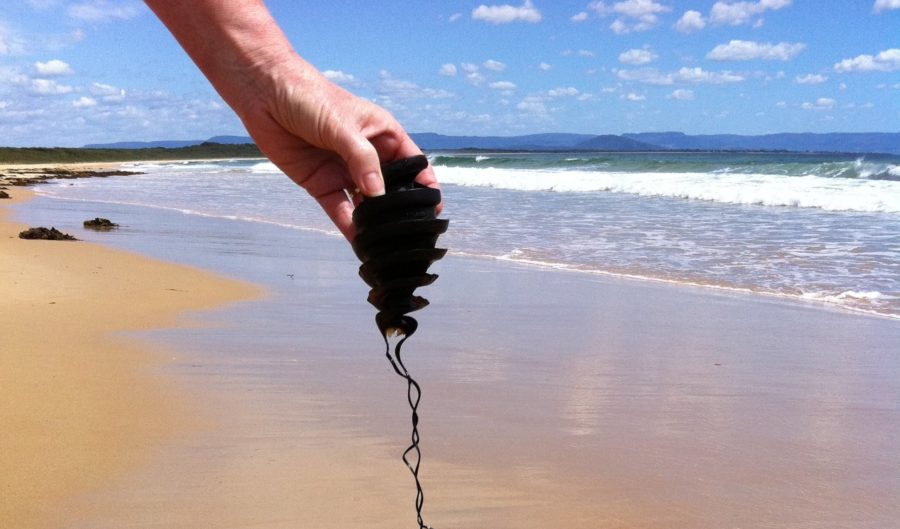
It’s likely that you’ve stumbled across a shark egg before, but you may not realise how diverse the colours and shapes really are.
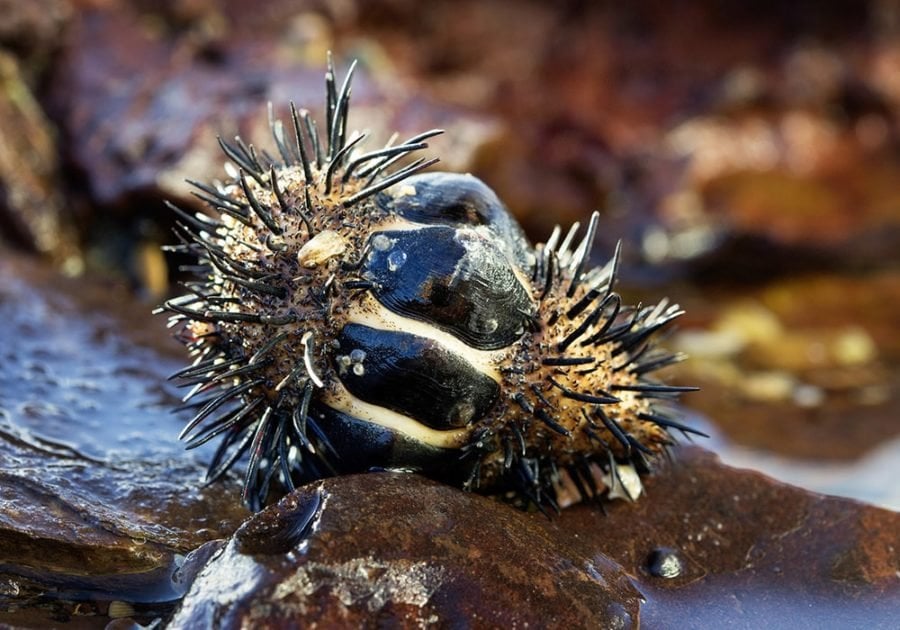
To the people of Arnhem Land, shellfish and other sea creatures nourish a link to country and culture.
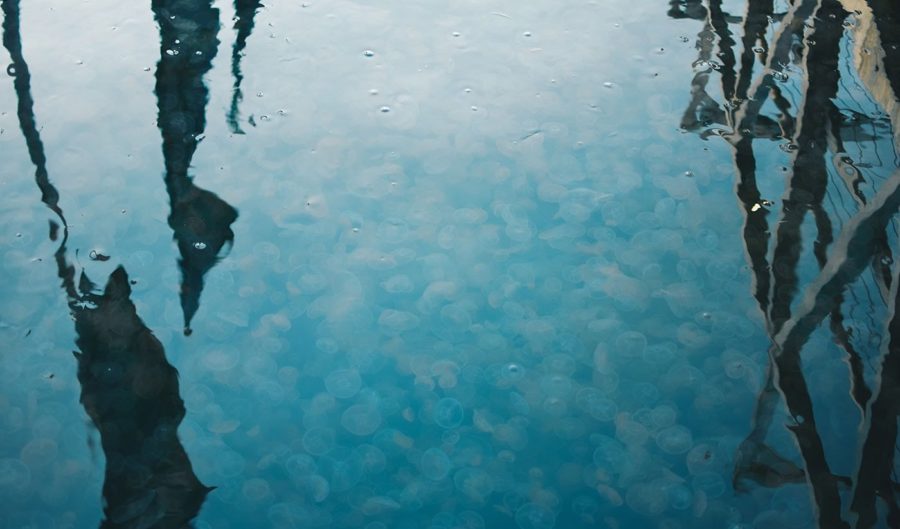
Aussie jellyfish are one of the few animals that will continue to thrive as temperatures rise, and experts say it’s going to cause some problems.
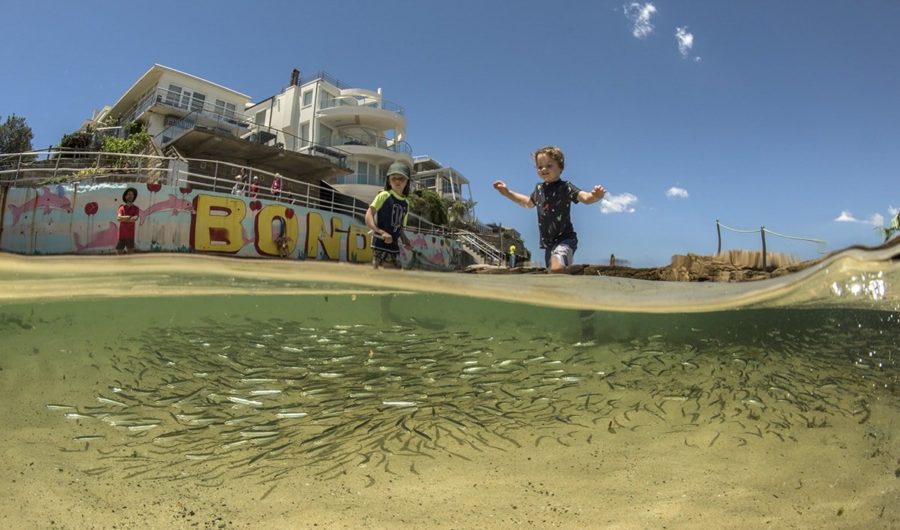
Slip on a face mask, snorkel and fins and go for a swim with Sydney’s marine wildlife.
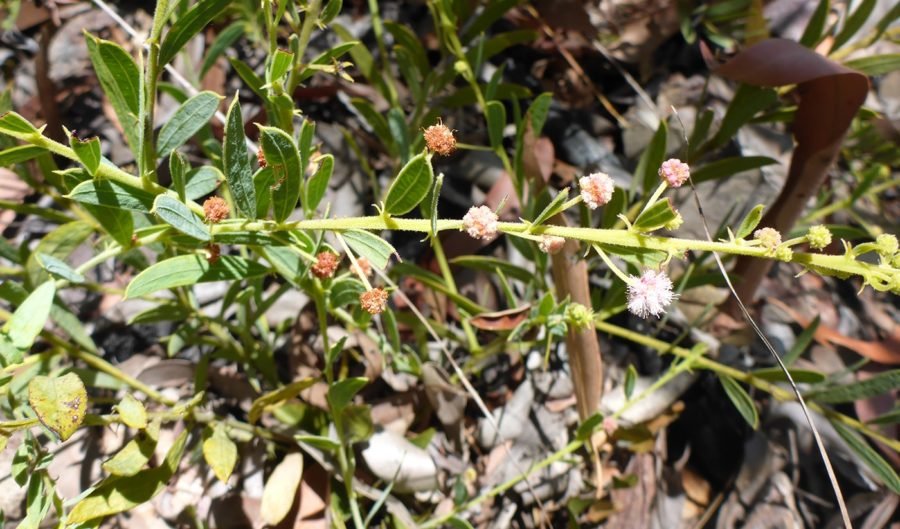
As Australia’s national floral emblem, golden wattle is much-loved and well-recognised. But did you know it comes in a range of vibrant colours?

These photographs reveal the human impact on nature – be it terrestrial, marine or atmospheric. The impact could be either positive or negative. These photos will be exhibited at the South Australian Museum in Adelaide (24 August – 11 November 2018 ) and the Australian Museum in Sydney (24 August to 27 January)